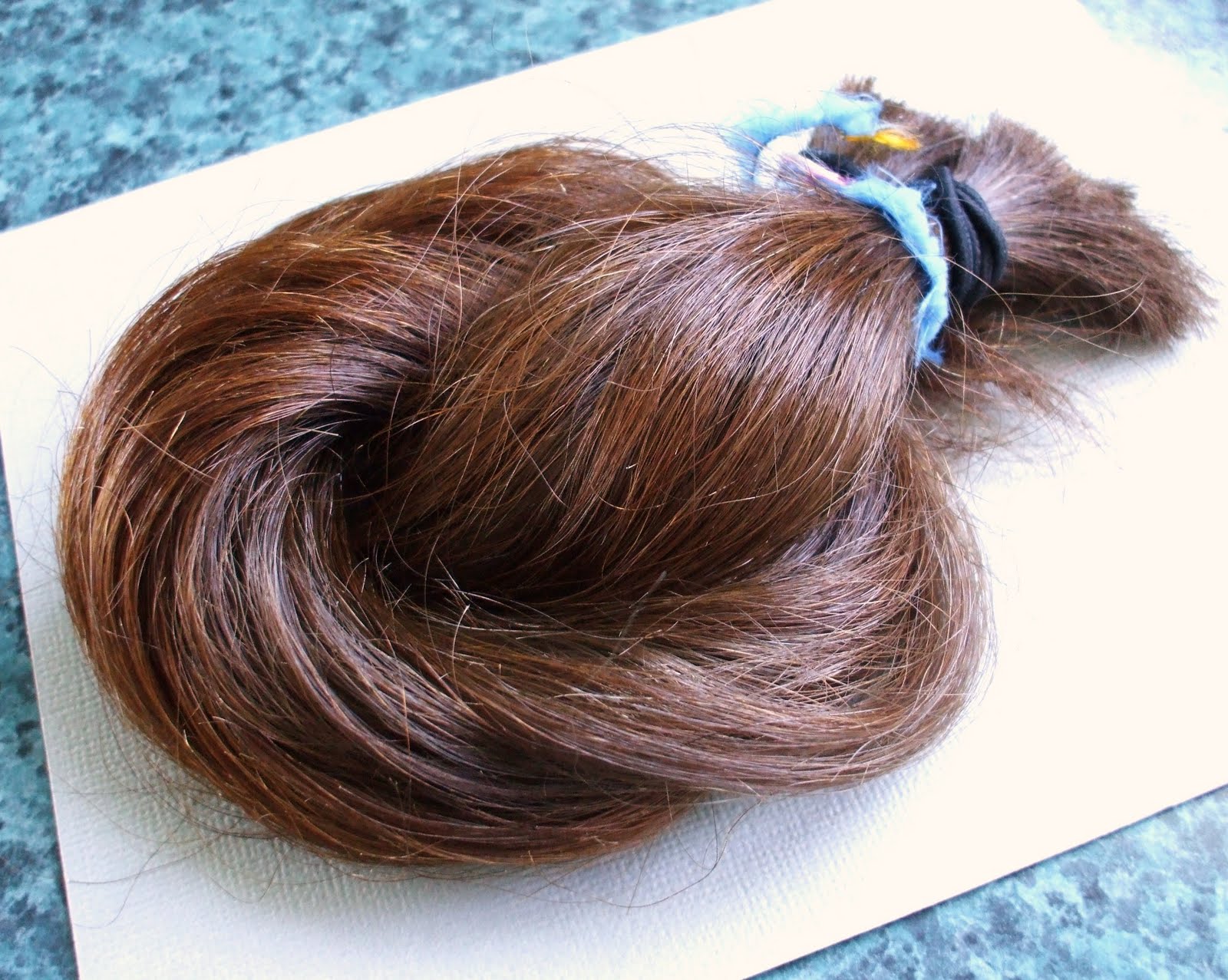
An irreplaceable family keepsake, locks of hair are important keepsakes that must be preserved properly to ensure their value remains.
Online archives often sell boxes which can accommodate locks of hair in clear cases so they can be seen easily by customers.
Another simple and discreet way to store locks of hair is with a small locket, available in various styles.
Symbolism
Locks of hair hold sentimental value and can serve as keepsakes or mementos for personal or community significance.
Hair has been a symbolic and sentimental object throughout history, particularly within religious and cultural traditions.
For example, the Rastafari movement encourages the growing of dreadlocks as a sign of devotion and resistance. hair is associated with strength and wisdom in their beliefs.
Gifting someone a lock of their hair traditionally symbolizes affection and devotion, especially before a separation.
Preserving
Preserving a lock of hair requires finding an effective storage method.
A small pillbox or transparent frame can serve as an ideal storage container, protecting the strands from exposure to air and keeping them healthy over time.
Investing in a specialized box designed for preserving locks of hair is another great option. Such boxes feature lids and keep out dust, ensuring long-term freshness.
Historical accounts describe the practice of preserving hair for sentimental and practical reasons, including identification and verification of heritage.
Keeping it Personal
Locks of hair make highly personal keepsakes, whether for oneself or as a gift.
Displaying locks of hair can be done in various ways, such as placing small locks inside a hair locket or incorporating them into jewelry.
Creating jewelry pieces, like necklaces, brooches, or rings, using locks of hair as artwork is also a creative idea.
In the Victorian era, intricate hair designs were woven and given as Valentine’s cards or gifts to unrequited lovers.
For a unique tribute, a lock of hair can be used as the foundation of a memorial diamond, although this process takes several months.

